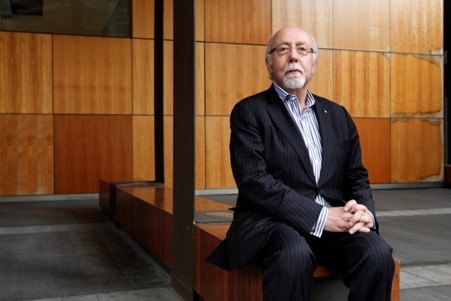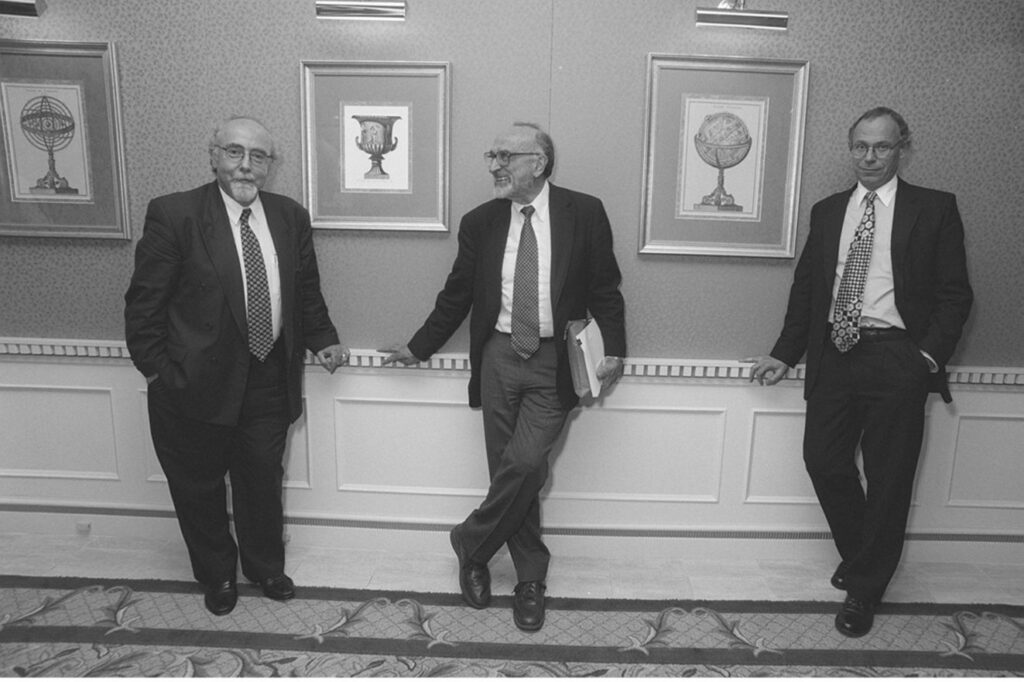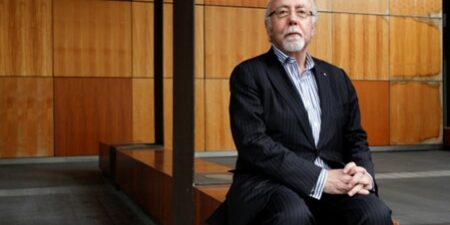Published in edited form online and in print in the Australian Financial Review newspaper on 11 June 2024 under the headline ‘The Man Who Made Economic Rationalism Popular’

It is an excellent question: ‘What would Tom think?’ Professor Tom Parry AM (1945-2024), economics professor, raconteur, businessman, and regulator, who was laid to rest at the end of May, was a rarity. A sharp mind who made economic rationalism understandable, popular, and effective.
We need more of his like in the corridors of power, astride national and state government authorities today.
Appointed in 1992 by NSW Premier Nick Greiner as Chairman of the Independent Prices and Regulatory Tribunal (IPART), Parry set the pace and example for micro-economic reform in Australia, years before the National Competition Council was formed (in 1994). All other state governments strove to learn from and emulate what Parry started.
We need a return to that gumption, finesse, and zeal today.
In 1991, Parry decided to do something about his water bill. He did everything right: fixed the dripping taps, kept his eye on the sprinkler, turned the tap off while he brushed his teeth. His consumption went down by 15%. But the Water Board’s billing system was antiquated and imprecise. All his efforts saved him only $8 a year. He set out to find out why. To do something about it, he relished his new role.
The choice of the head of IPART was critical. Parry, a university friend of the then head of the NSW Treasury, Percy Allan, was tapped on the shoulder: ‘could you, please?’. He began with no preconceptions: “All we do is apply fairly basic economics, and hopefully apply it in a sensible way.” He called his approach economics-with-a-human-heart. Initially, IPART was a band of three: Besides the Chair, there was a former director of the NSW Council of Social Services and a banking and finance consultant. That mix was important in weighing issues and consequences.
As Chair of IPART, Parry became one of the most important figures in NSW politics, though neither politician nor bureaucrat. He had control over sensitive political decisions which any government might take — the prices of basic government services. He forged IPART into a body that did not seek to humiliate or embarrass the government of the day. He was feared within government structures, but not as a scorched earth ideologue. His aim was to take a rational and non-partisan approach to the prices of basic government functions. All State Government taxing and charging powers were referred to him for consideration.

On his watch from 1992 to 2004, electricity and water charges dropped sharply. So too did public transport fares. In the process, as much as he could, he de-politicised and de-mystified the processes of price-setting. The initial consequence was the retirement of state businesses debt. Then IPART set the rate of return on the taxpayers’ capital invested in government businesses. In 1986-87, the dividends paid into consolidated revenue were negligible, but in the second year of Parry’s term at IPART they exceeded $1.0 billion. Then, Parry and his crew focused their attention on lowering real prices for the customers of state utilities, below CPI increases.
His instinct was towards user-pay solutions, identifying and as appropriate eliminating government subsidies. If governments and public authorities wanted to continue subsidising certain services, they needed to be costed and justified. Parry avoided sudden jolts to charges, favouring gradual change, tapered over time, so that price increases and decreases alike were phased-in, with transitional arrangements to ease the pain. Next, to encourage consensus and acceptance of changes, wide-ranging public consultation and research underpinned all determinations. Finally, rather than ‘name and shame’, Parry sought to achieve reforms through co-operation with government authorities. He always, of course, through the IPART Annual Report to Parliament had the option to do more than merely cajole and persuade.
IPART’s powers were cleverly drawn up. The government of the day could reject a determination if it presumed the cost of following a particular decision would be too high. But it had no power to reject a determination the government believed was too low. Over-staffing of public authorities was one area Parry sought to change and did change. This had positive effects: Senior executives needed to measure up and productively manage assets.
Behind the scenes, Parry sometimes briefed the relevant interested parties about what IPART was about to announce. He also married environmental concerns to the mission. For example, with water policy, he sought to conserve this valuable resource and avoid the environmental costs of over-consumption.
The danger with the personnel of regulatory authorities is ‘influence capture’ by the parties they monitor and regulate. That can only be avoided through an ethic of fierce independence. Parry squeezed, curtailed, and forced cost-cutting as much as possible. This effort was greatly assisted by his formidable brain, integrity, and high EQ.
He was forever interrogating executives about how to increase productivity. Parry needed to be match-fit for battles with Treasury, who were looking for maximum dividends out of the government trading enterprises. With no self-interest to protect, judgement calls about competing interests based on robust principles was at the heart of Parry’s role.
Over time, Parry’s price determinations made most government agencies more efficient, nimble, and accountable.
‘What would Tom think?’ was once a fearsome question. We honour his memory by renewing its potency. Where better to start than with today’s government agencies.
Michael Easson was a Councillor of the inaugural National Competition Council, 1994-1997.







